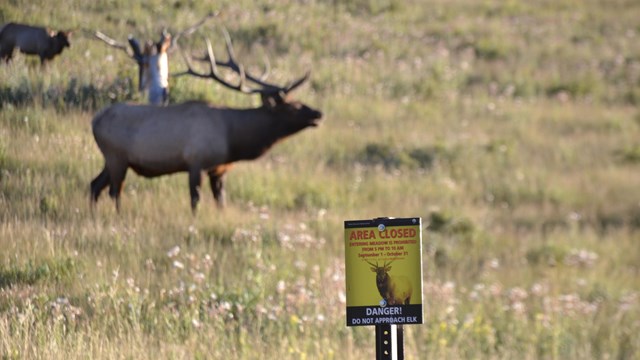
NPS Each year, Rocky Mountain National Park initiates adaptive, temporary closures in certain areas of the park to ensure birds of prey, also known as raptors, will be undisturbed during their roosting, breeding, and nesting seasons. Raptors are sensitive to human disturbance during these times and repeated breeding failures can reduce overall raptor species populations. Raptor Closures Have Been Lifted For the 2025 Season!Each year, Rocky Mountain National Park initiates temporary closures in certain areas of the park to ensure that birds of prey will be undisturbed during their breeding and nesting seasons. These closures include the named rock formations on all sides, as well as trails around the base of all formations, all climbing routes, outcropping, cliffs, faces, ascent routes, descent routes. The Following Formations Are Open - Updated July 16, 2025

NPS Map 
NPS Why Do Raptor Closures Matter?
Do your part to protect raptors. Recreate Responsibly and Respect Area Closures. Areas not listed are presumed to be open.
As breeding and nesting data are collected, additional closures may be lifted or extended. Violation of these closures will result in a court citation under the authority of 36 CFR 1.5(f).
Bald Eagle Closures are in Effect November 15 through March 15
|
Last updated: July 25, 2025



